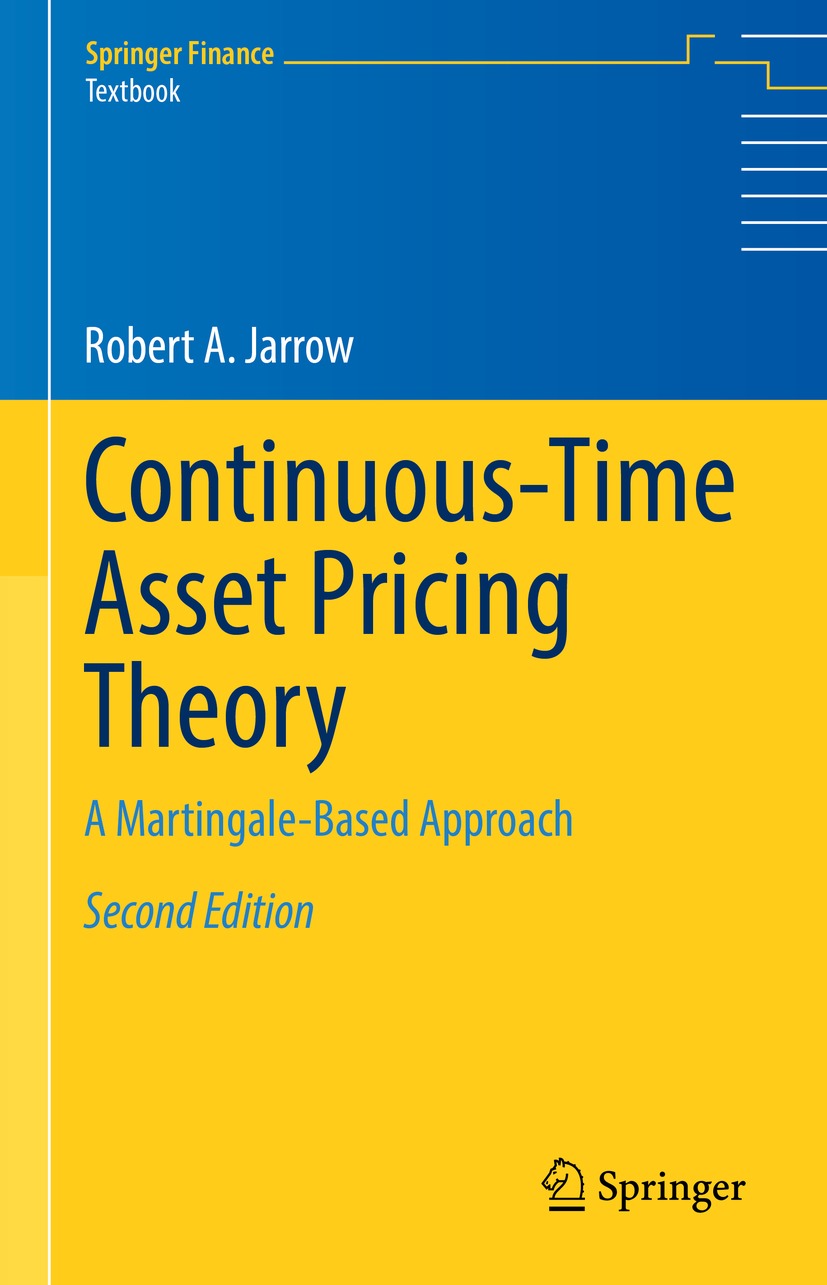This book considers the theme of capital markets prowess and its link with surrounding economic dexterity. It presents the story on the back of dual intertwined cornerstone pillars: The initial agenda sets the global macroeconomic context and its interplay with financial markets and sub-segment capital markets. Then the book moves to the evolvement of the inherent capital markets, from nascence to present day, and through profiling of the current operating surroundings. The latter pillar performs empirical research built upon Eugene Fama’s weak form efficiency theorem with statistical testing results further framing the comprehensive findings on five selected southeast European developing capital markets. Jointly the two parts present the first such well-documented capital markets set up complemented by wide-ranging empirical findings of inefficiency. The book introduces at first the global perspective, in which the growing globalization in the past decades has led to improved efficiencies, to faster innovation, and to greater systemic connectedness and meaningfully so by an increasing contribution from transitioning economies. Nevertheless, in higher systemic concentration there is an implied higher volatility risk and evidence has revealed dichotomous reaction through divergence in impact between the developed and the developing economies. The capital markets industry is at the forefront of financial innovation and many aspects in its function and power are a determining factor in wider socio-economic progress. The findings uncover details of market structure and role and with that this work creates significant new knowledge on the industry, and will be of particular interest to investors, taxpayers, academics, researchers, and policy makers of capital markets.












